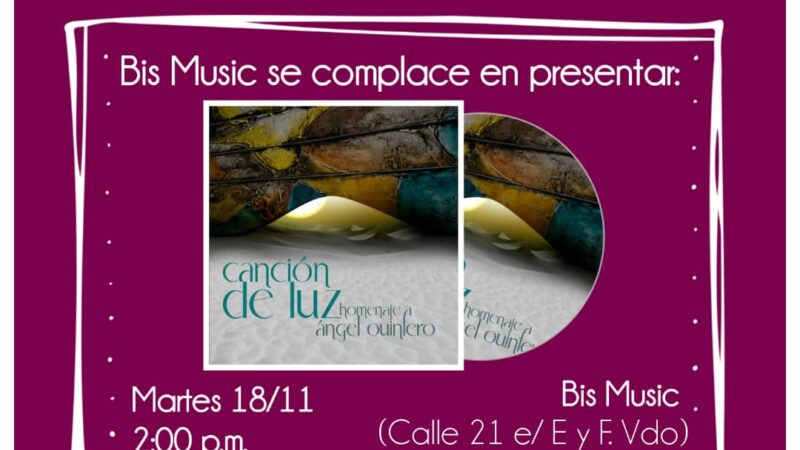Havana: The Home of Filin

In Cuba, generations have grown up hearing the phrase: «Havana is the home of filin.» These words evoke a musical movement that, beginning in the 1940s, reshaped Cuban song and revolutionized its sound.
The filin legacy is a rich tapestry of rhythm and emotion—an indispensable part of the national identity, whose impact transcends borders.
Unforgettable landmarks such as El Callejón de Hamel and the home of composer Ángel Díaz, a virtuosic figure in the filin movement, were creative hubs that left a lasting imprint on Cuban music. These spaces became fertile ground for musical innovation. The artists of filin broke with traditional harmonic, melodic, and lyrical forms, crafting songs where feeling became sound—a music full of vivid metaphors and lyrical imagery, resonating deeply with audiences’ ears, hearts, and minds.
Critical thinking must serve as a catalyst to revisit this legacy—one that continues to inspire cultural imagination and creativity in Cuban songwriting.
The enduring influence of filin owes much to masterful composers such as César Portillo de la Luz, a pillar of the genre. With his 1946 composition Contigo en la distancia, he established a stylistic benchmark that cemented his place as a transformative figure in Cuban music.
Portillo and his contemporaries demonstrated the importance of artistic growth and exploration—the drive to share ideas, emotions, and visions through aesthetically rich works destined to endure in both memory and history.
As we look ahead, it is vital to reflect on where we come from. The expressive power of both traditional trova and filin must continue to nourish the Cuban songbook of the 21st century.
Let us think about it.
Translated by Luis E. Amador Dominguez
Photo: Bohemia Mía Filin Festival / Facebook



